Rathfinny - East Sussex, UK
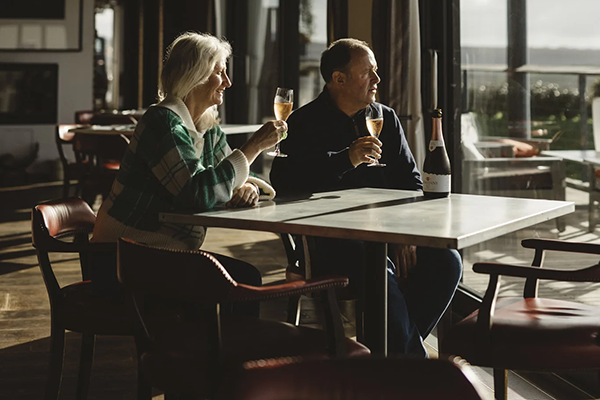
While we get to travel to many of the world’s most beautiful wine regions, it’s hard to think of a more stunning estate than Rathfinny. It’s situated right in the heart of the South Downs, within sight of the English Channel, just three miles as the crow - or raven - flies from the sea.
Mark and Sarah Driver founded Rathfinny in 2010, on a working arable farm just outside the picture-perfect village of Alfriston. They planted their first 50 hectares of vines in 2012, with an end goal of 350 hectares planted on this single site. Mark studied winemaking at Plumpton, making him a hands-on owner, and everything - from the state of the art cellar to the labels that show off Sussex’s famous Seven Sisters, just a few miles down the road - has been very carefully thought out.
With plenty of wind blowing across the vineyard, Rathfinny are able to pick later than most, allowing the grapes to reach an impressive level of maturity. That results in wines that balance purity and ripeness of fruit with an incredible freshness.
Domaine Paul Prieur et Fils - Sancerre, France

Luc Prieur took over the running of his family estate in Verdigny, Sancerre, at the age of 21, having finished his studies in Beaune. Over the past few years he has taken this well liked, classic producer of reliable Sancerre to the very top of the appellation, with its name now whispered about among the greats of Sancerre. His single vineyard wines in particular have earned him plaudits. Through his dedication in the vineyard, and the use of gentle techniques in the cellar, he is coaxing fine expressions from his distinctive terroirs, and offering wines of outstanding value.
Kumeu River - New Zealand
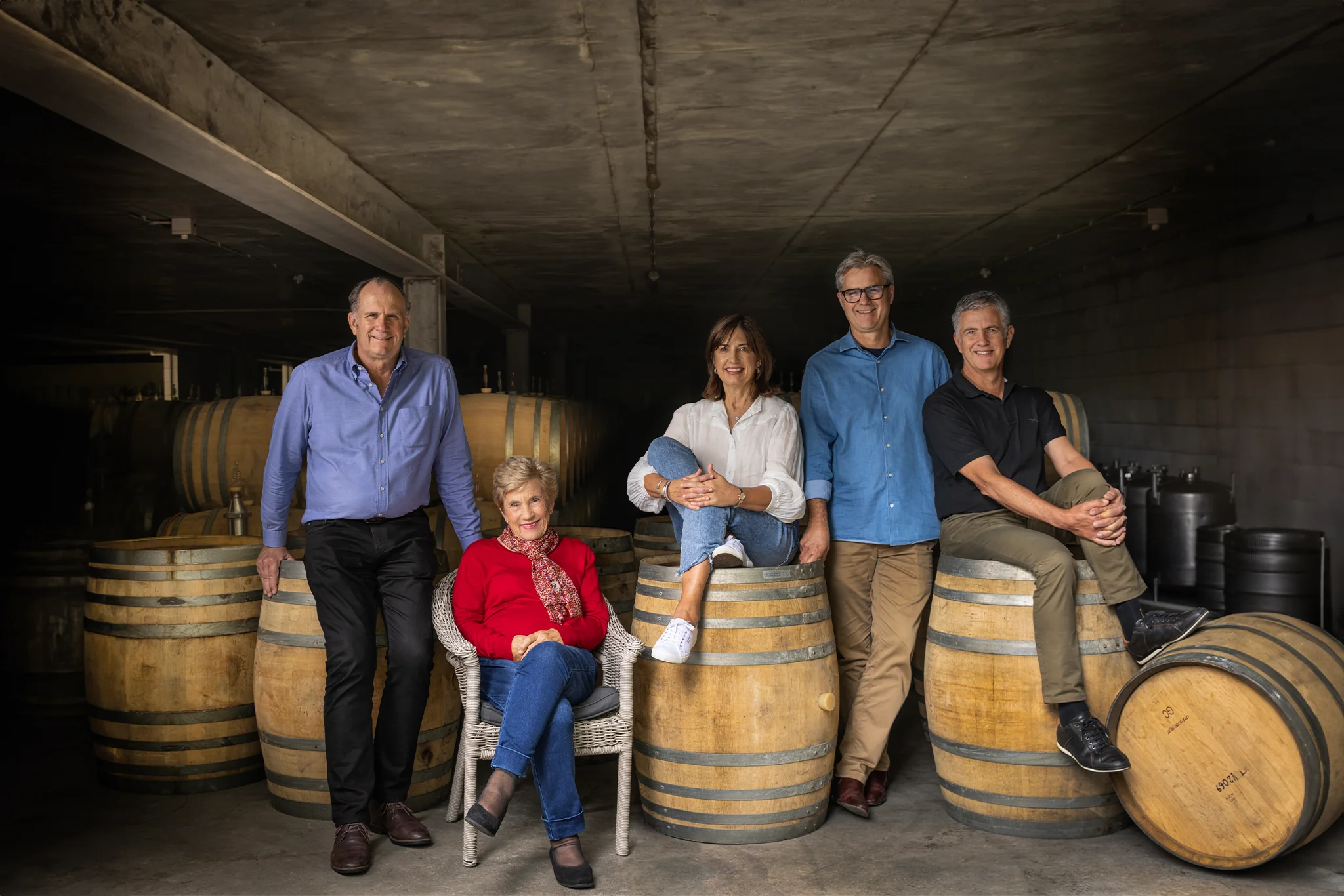
Called “White Burgundy in Kiwi clothing” by Neal Martin and "an Auckland Pearl" by Julia Harding MW, no New World producer has received such critical acclaim over the last few years as Kumeu River. It’s no surprise: this is a New Zealand Chardonnay producer crafting wines of Grand Cru quality at village wine prices. And the connection to Burgundy is apt: these wines are dead ringers for top white Burgundy, such as Chassagne-Montrachet, Puligny-Montrachet or Meursault, without losing their own sense of identity.
Château Branas Grand Poujeaux - Bordeaux, France
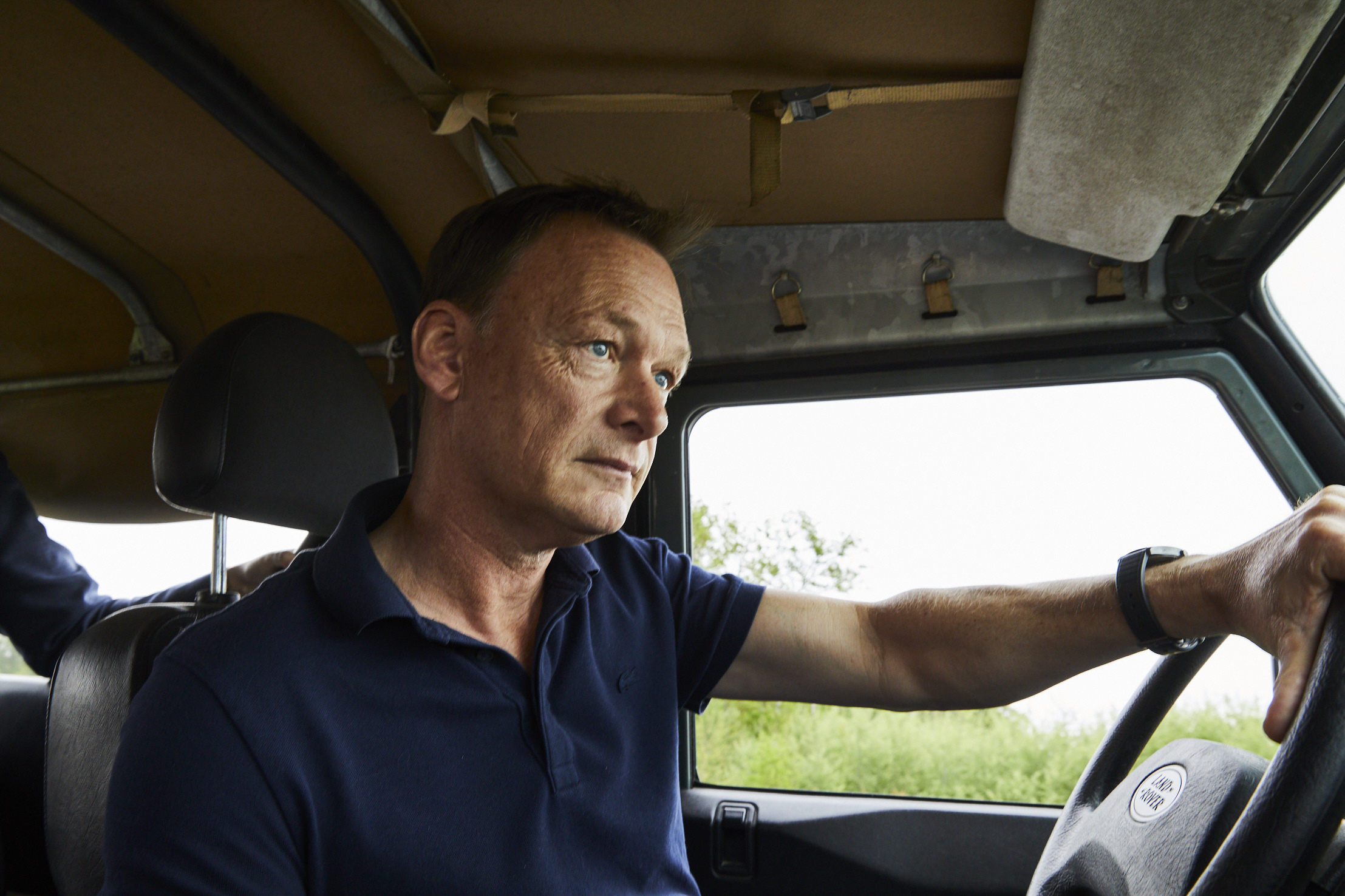
Château Branas Grand Poujeaux lies in Moulis-en Médoc, Bordeaux, a less well-known corner of the Médoc on the Left Bank between Margaux and St-Julien. Although it has remained relatively unknown, critics like the Wine Advocate’s Neal Martin have labelled it “one to watch” and it’s fast becoming a Lay & Wheeler favourite, so this won’t be the case for long.
Branas Grand Poujeaux is, in Bordeaux terms, a relative newcomer to the Bordeaux scene; Justin Onclin and Carmen Onclin-Paqueron purchased the run-down property in 2002, and Hubert de Boüard of Château Angélus has been the consultant here since 2012. They have systematically replanted the vineyards and renovated the winery, including installing a brand new gravity-fed cellar. With just 12 hectares of vines, it’s one of the smallest estates in the appellation, but the quality here is clear. The vines are sectioned into parcels, planted to maximise the potential of the gravel soils of the Poujeaux plateau. Their parcels are split between Merlot, Cabernet Sauvignon and a little Petit Verdot, which are tended organically (they’re working on their official certification.) The resulting wines are classically styled, with an ability to age, and offer quality which punches well above their reasonable price point.
Mullineux and Leeu - South Africa
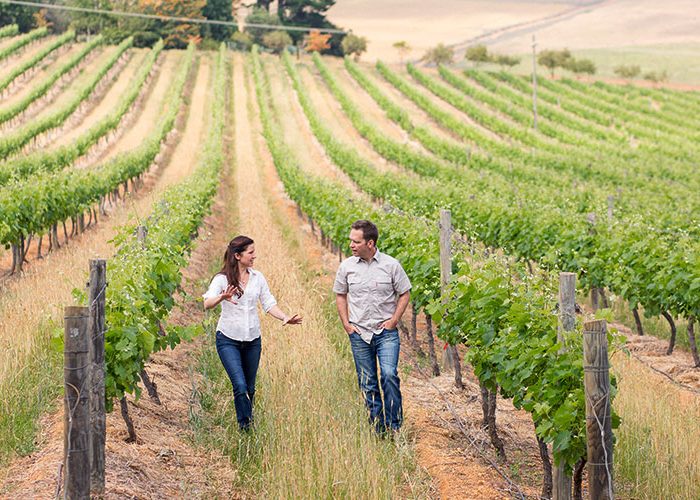
Andrea, an American, and Chris, a South African, met in France in 2004. In 2007 they started Mullineux Family Wine. They’ve been at the forefront of the Swartland Revolution: focussing on Chenin Blanc and Syrah, and making some of the Cape’s most impressive, serious bottlings from this stunning landscape. In 2013, they entered a partnership with entrepreneur Analjit Singh, opening up a new chapter for the couple.
Up until this point, Mullineux had focussed entirely on the Swartland, as continues today. But over the years, viticulturist Rosa Kruger had been suggesting parcels of vines outside the region that could be interesting. Now they had an opportunity to seek these out.
The Leeu Passant wines are made in the stunning environs of Leeu Estates in Franschhoek, which is also a luxury hotel, while the Mullineux wines are still made at Roundstone, and out of these two cellars are emerging some of South Africa’s most revered wines.
Mac Forbes - Yarra Valley, Australia
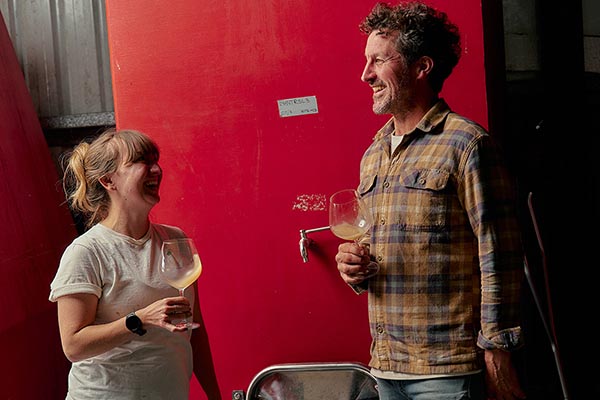
One of Australia’s brightest stars, with five-star approval from wine critic James Halliday, Mac Forbes has moved well beyond being one-to-watch - he’s a producer to follow keenly. His first taste of winemaking was as a backpacker-cum-grape picker in France. After graduating from the famed winemaking course at the University of Adelaide, he consulted for estates including Penfolds and Niepoort in the Douro.
He makes “honest wines that reflect extraordinary sites” in the Yarra Valley, and his plots are carefully chosen and cultivated for their potential to produce expressive wines of stunning balance.
Bruno Clair - Burgundy, France
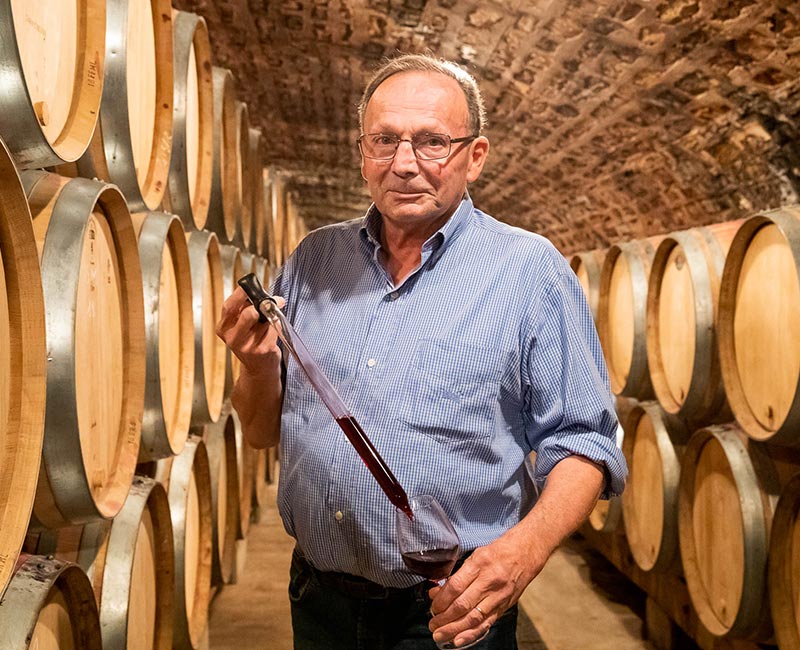
Domaine Bruno Clair has undergone something of a quality revolution in recent years and the improvements made over the past decade have been dramatic. The holdings of the domaine in Burgundy are substantial, with vineyards stretching from Marsannay down the Côte de Nuits and into the Côte de Beaune.
The estate was founded by Bruno’s grandfather in the aftermath of World War I, but it was only when Bruno took charge in the 1980s that some cohesion took place, and the domaine began to scale the quality ladder. Bruno has now been joined by his sons and daughter, and the family team are credited with making some of the most delicious wines in Burgundy with an impressive range of styles to choose from. Their top holdings, grands crus Clos de Bèze and Bonnes Mares and premier cru Clos St Jacques, regularly outshine their competition while their village Marsannays are serious and interesting. Their extensive vineyard sites allow them to offer outstanding wines at all price points.
César Márquez - Bierzo, Spain
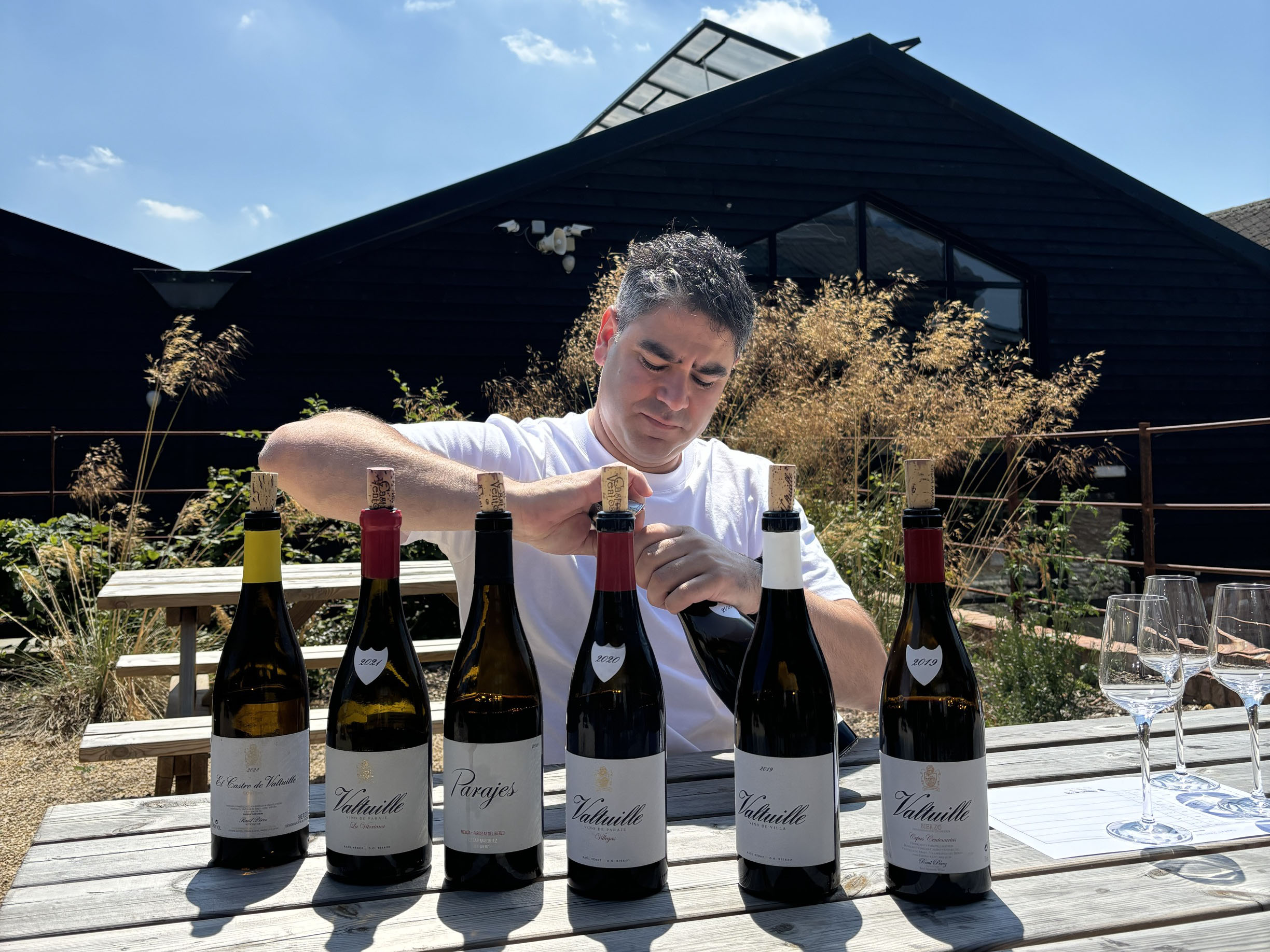
Young winemaker César Márquez has deep family roots in the Bierzo region of Spain. His introduction to winemaking was via his uncle Raul (Pérez), and as an apprenticeship has worked in the family wineries, and spent time in Mendoza, Argentina with the Michelini brothers.
He started his own project in 2015, exploring the possibilities of a Burgundy-inspired classification system in Bierzo. He works with over 100 year old Mencía bush vines and the winemaking in all his reds is quite similar, aiming to express the origin of the grapes rather than the winemaking process. Each wine has a different expression based on their soils, altitudes and expositions. His fresh, expressive Mencías show the promise of this grape in the right place and hands.